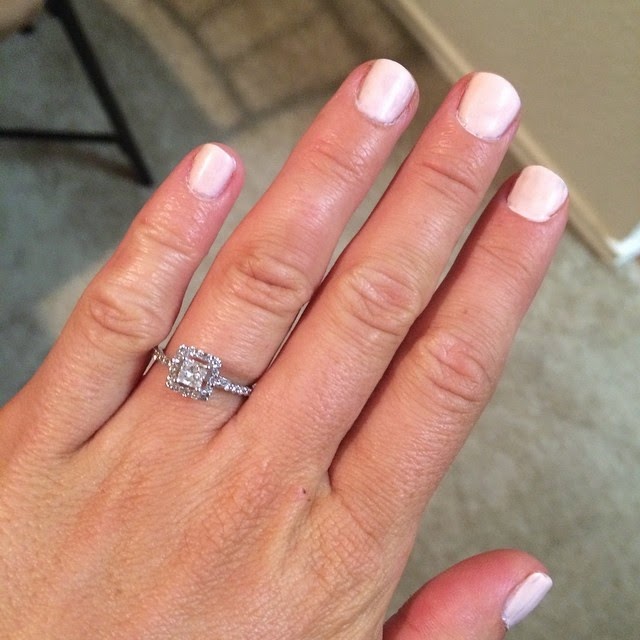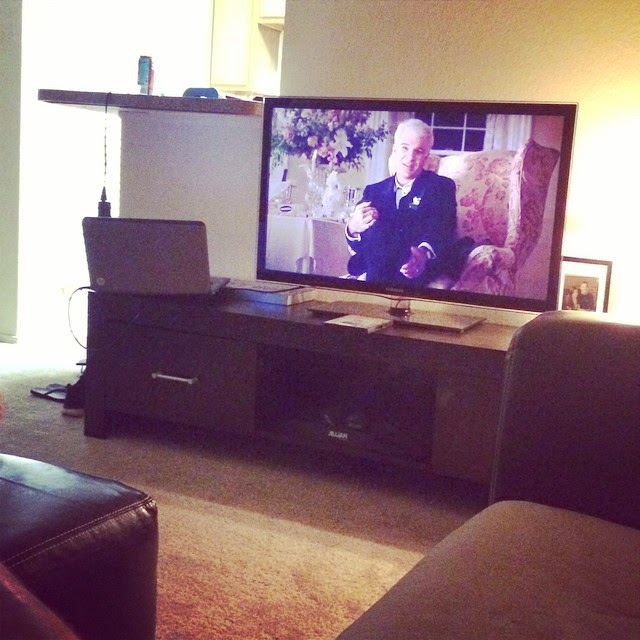One of the things that I know SLPs struggle with in today's world is how to approach and manage the increasing presence of bilingual clients on their caseload. I know this can be tricky for not only monolingual SLPs but SLPs who consider themselves bilingual but were not dual-language learners from birth and/or doubt their competency in this area. I have, like many people, four years of high school Spanish under my belt and minored in Spanish in college, and despite lacking some higher-level linguistic skills, finally do consider myself bilingual. But it wasn't an easy road getting here, and I still experience that feeling of incompetency from time to time.
That being said, I wanted to share with you all some tips, in the form of a blog series, from my journey slowly transitioning into bilingual therapy as an SLP in hopes that it might give those of you considering making this transition a bit more confidence and remind you- we are all just doing the best we can out here! That being said, here is my first tip, or opinion rather:
#1: Never let your lack of "perfect proficiency" deter you, but be able to admit when your skill set prevents you from completing an assignment ethically or effectively.
For instance, the fact that I still have trouble using past subjunctive tense or higher-level grammatical forms does not really affect my ability to work with preschoolers with speech and language disorders or evaluate their linguistic abilities. That being said, however, I do realize the limitations of my Spanish fluency and do NOT accept monolingual Spanish evaluations for children older than 7, generally speaking, nor do I attempt to treat higher-level Spanish language skills as I recognize I lack competency in some areas that could affect my ability to accurately assess and treat. So the point is simple: Do what you can, with what you have! Recognize your own strengths and abilities and be willing to refer to another therapist if necessary.
According to the ASHA Code of Ethics (and I quote loosely), you should employ the assistance of a bilingual therapist to translate or a trained interpreter when attempting assessments and intervention if you are not personally competent in the language being assessed. Meaning, you cannot do what we ask many children to: request, comment, judge whether a sentence is grammatical or not (based on the child's age), etc. For example, I know how some conversational French but I would not assume competency in judging a bilingual French speaking-child's articulatory skills in French. And the r
eason this is significant is that true articulation and phonological disorders are typically present across sound systems in bilingual children, and it is important to be able to identify whether sound substitutions are really errors or just dialectal influences. That brings me to my next point:
#2 Educate. Educate. Educate yourself on differences in speech and language development in Spanish-only as well as bilingual language learners.
I know many monolingual SLPs are put in the tough position of having to implement Spanish assessments and resources for children who are assigned to their caseload, but it is important to be educated on what it is you should be looking for exactly. For example, I can't tell you how many times I've seen goals for voiced and voiceless /th/ written for a Spanish/English bilingual child. And it drives me crazy, because this is a classic case of disorder vs. difference, and unless there is education happening to teach therapists the differences and warning signs of true impairment we are wasting a w
hole lot of time on goals that are not even valid. And telling parents that their child has errors when they truly do not. Again, this kind of goes back to the principle of realizing your limitations, but once you've identified those limitations, stretch to push yourself beyond them!
A great website with resources for assessment and treatment of bilingual speech and language disorders is Bilinguistics.com.
#3 Easy in slowly.
My jump for monolingual therapy was not immediate. I am lucky to live in a state where many children are bilingual and are happy/willing to let me test out my Spanish with them and honestly, make errors! Before I went in full-force with a Spanish-only child, I worked with an English-speaking child whose family members were bilingual and I knew would probably be responsive to me incorporating some Spanish into our sessions. I played around with my own skills; a direction in Spanish here, a vocabulary word there...and when I saw the pleased looks on both the child's face and the family members that I was attempting to incorporate even a small part of their bi-cultural identities, I was hooked.
I also kept tabs on what I felt comfortable expressing as well as my comprehension. There were times I noticed real gaps in my vocabulary or realized the family used a colloquial term I wasn't familiar with, but these were great entry points for learning and made me a better therapist. For example, often preschool therapists use farm animals as a popular starting point for vocabulary and play. I had no idea walking into some of my first bilingual sessions that some animals make different sounds in Spanish than they do in English! Or that in Spanish "oveja" is a very formal term for a "borrega", or sheep. These are things I did not learn through my formal Spanish education.
Beyond this, I started my transition into bilingual therapy by administering Spanish assessments, such as the PLS-5 Spanish, where I had the prompts/translations there for me to read if I needed them. After that, I began translating for a monolingual SLP in gathering case history information and soon felt at least moderately competent in administering a complete eval in Spanish independently.
#4 Analyze pre-made Spanish materials, i.e., apps, flashcards, etc. closely for accuracy and functionality before implementing them.
It's amazing to me that many expensive, well-researched Spanish assessments such as the CPAC-S as well as Spanish Super Duper products use vocabulary that is outdated or non-colloquial. The problem with this is then that you must prompt the child to say the word the test is looking with creates a validity issue. I have had so made of my Spanish kiddos laugh at words or pictures on a worksheet, or better yet, laugh at something in an app that to them, is just a silly way to say something in their native language. Therefore, my recommendation is that to the best of your ability, try to double-check vocabulary and resources with a native speaker or colloquial source so that you can assess and implement speech and language intervention that is both functional and relevant based on the child's dialect. I say "gorra", you say, "cachucha"...if you say that means "hat", I'll say "cachucha" then, too.
I also have on occasion double-checked a vocab word with a parent in terms of, this is the word I use for this object or verb, is that what you would use in your home? For example, I had been correcting a Spanish-speaking child who was saying (in a literal sense), "I'm painting," whenever he was coloring. The verbs are different in Spanish. However, I noticed that this was a trend amongst all my Spanish-speaking kiddos and I thought, this just might be difference and not an error. Sure enough, after checking with a couple parents, they said that verb usage was pretty typical. So I stopped correcting it.
#5 Invest in a Spanish dictionary app or website on your phone that you can use in a cinch.
This is a simple tip but one that has been very essential in my work in those moments when a child asked me, "Que es eso?" while pointing to a completely random object that is not part of my everyday Spanish vocabulary. Once you say the word you've looked up, you can usually pretty quickly gauge by the look on the child's face whether that word is acceptable to them or not, haha.
That is all I have for you guys for Part 1; stay tuned for Part 2 of this series in which I will be discussing my tips for Assessment!
If you currently work with bilingual children on your caseload, what have you found to be the most challenging aspect of assessment/intervention? Please share in the comments below!


.JPG)











.PNG)












.PNG)



.jpg)















